
Qatar, a compact peninsular nation at the crossroads of the Middle East and Asia, is a vibrant blend of awe-inspiring architecture, rich cultural heritage, and breathtaking natural landscapes. This unique locale offers an array of experiences that cater to every type of traveler.
Katara Cultural Village
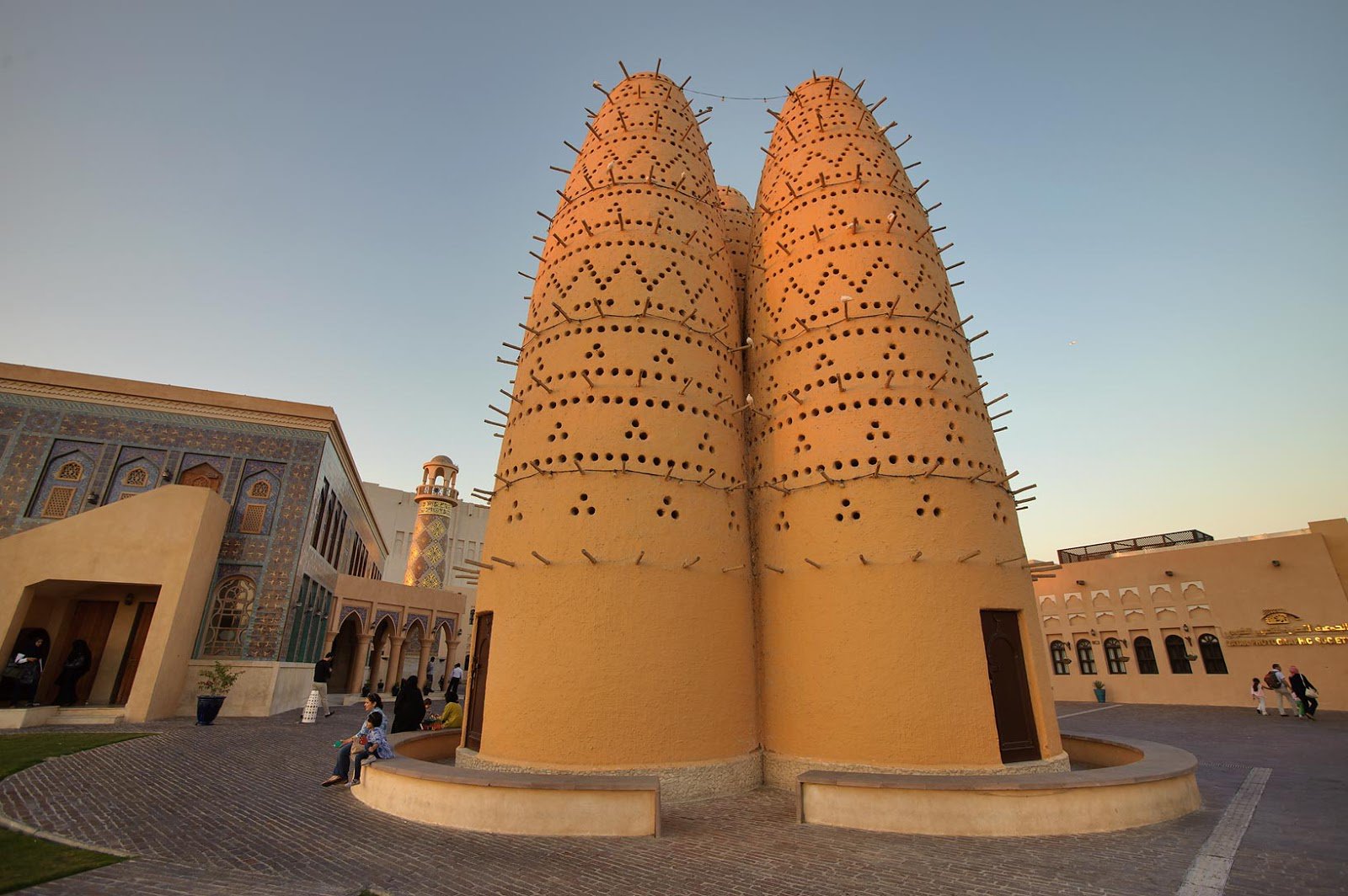
At the heart of Doha, Katara Cultural Village stands as a testament to Qatar's cultural diversity. Nestled between the modern financial district of West Bay and the elegant towers of The Pearl, Katara is bordered by a pristine beach on one side and the scenic Katara Hills on the other.
This self-proclaimed cultural hub is filled with art galleries, museums, and public installations that showcase both tradition and contemporary creativity. Visitors can indulge in an array of activities, from exploring art exhibitions to savoring exquisite culinary delights.
Location: Katara Cultural Village is located in Doha, nestled between the financial district of West Bay and The Pearl.Activities: Visitors can explore numerous art galleries and museums, attend cultural festivals, enjoy theatrical performances, and indulge in a variety of cuisines at the numerous restaurants. The beach and Katara Hills provide opportunities for leisurely walks and outdoor activities.
Al Thakira Mangroves

Just a short drive from Doha lies Al Thakira Mangroves, one of Qatar's treasured natural sites. This lush wetland, a rare green oasis amidst the desert, is perfect for kayaking and discovering its unique ecosystem. As one of the oldest and largest mangrove forests in the country, Al Thakira supports a diverse range of wildlife, including numerous bird species, fish, and crustaceans.
The resilient mangroves thrive in saline waters and endure extreme temperatures, making this a fascinating destination for nature enthusiasts.
Location: Al Thakira is situated along Qatar’s northeastern coast, approximately 30 kilometers from Doha.Activities: This lush wetland is perfect for kayaking through the mangroves, birdwatching, and exploring the unique ecosystem. Guided eco-tours are also available for those interested in learning more about the flora and fauna.
Mina District

The Mina District is a charming new development in Doha, featuring picturesque cobblestone streets and pastel-colored buildings. Visitors can enjoy watching cruise ships dock while exploring a vibrant fish market. Conveniently located along the Doha Corniche, the Mina District is easily accessible by car, taxi, or even a 20-minute walk from the National Museum Metro station.
With free entry and ample parking, this area invites travelers to immerse themselves in its lively atmosphere.
Location: The Mina District lies along the Doha Corniche, easily accessible from central Doha.
Activities: Visitors can stroll through charming cobbled streets, browse the vibrant fish market, and enjoy waterfront dining. The area also features art installations and is ideal for photography enthusiasts.
Qatar National Library
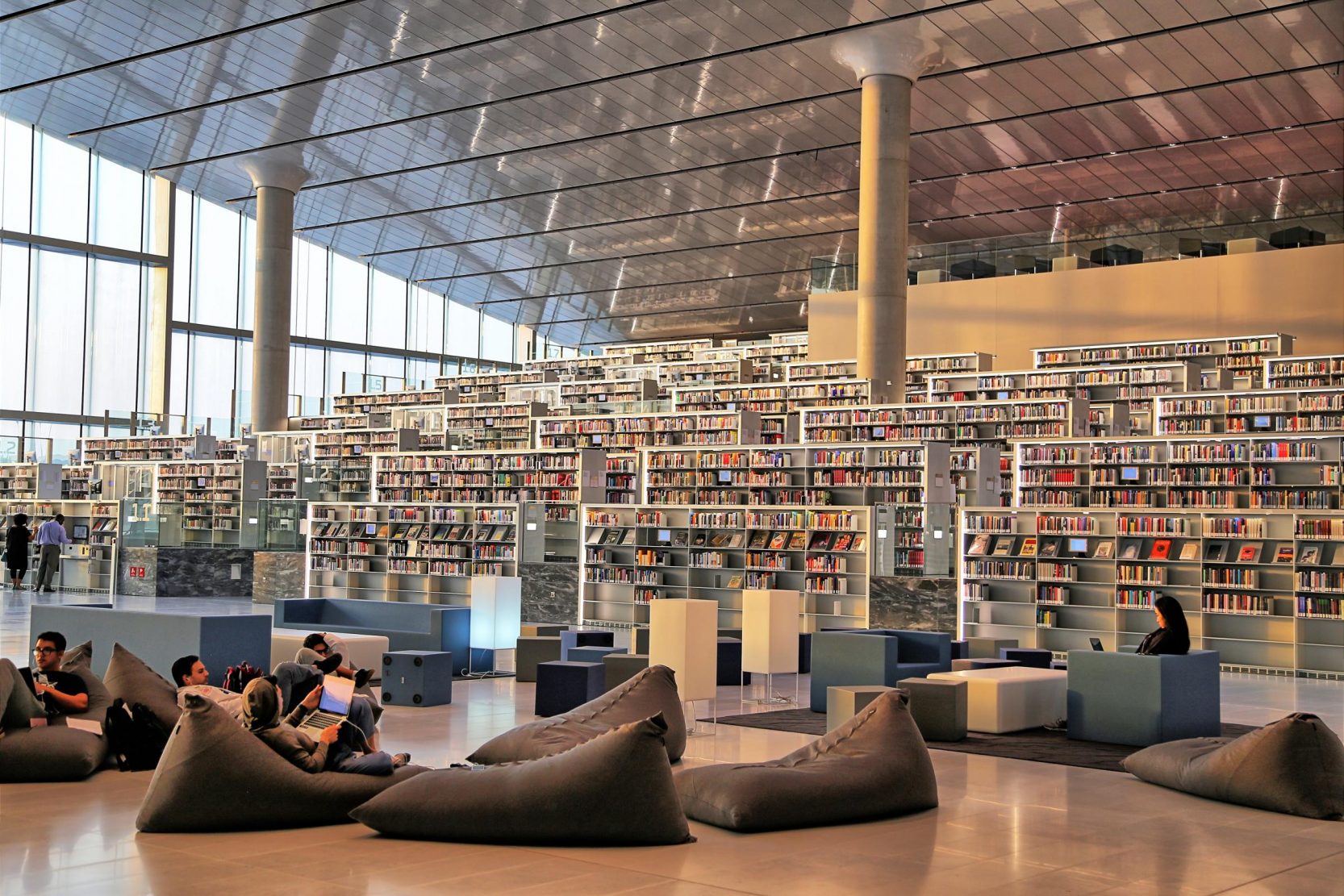
A marvel of modern architecture, the Qatar National Library designed by Rem Koolhaas is a beacon of light and knowledge. Its diamond-shaped exterior gives way to an expansive interior where transparency and accessibility reign. Bookshelves rise from the floor, seamlessly integrating with the building's design.
The library employs innovative technologies to enhance user experience, making it a must-visit for book lovers and architecture enthusiasts alike.
Location: The Qatar National Library is located in the Education City area of Doha.
Activities: Besides exploring the vast collection of books, visitors can attend lectures, workshops, and cultural events. The library also serves as a community space, hosting exhibitions and educational programs.
Place Vendôme
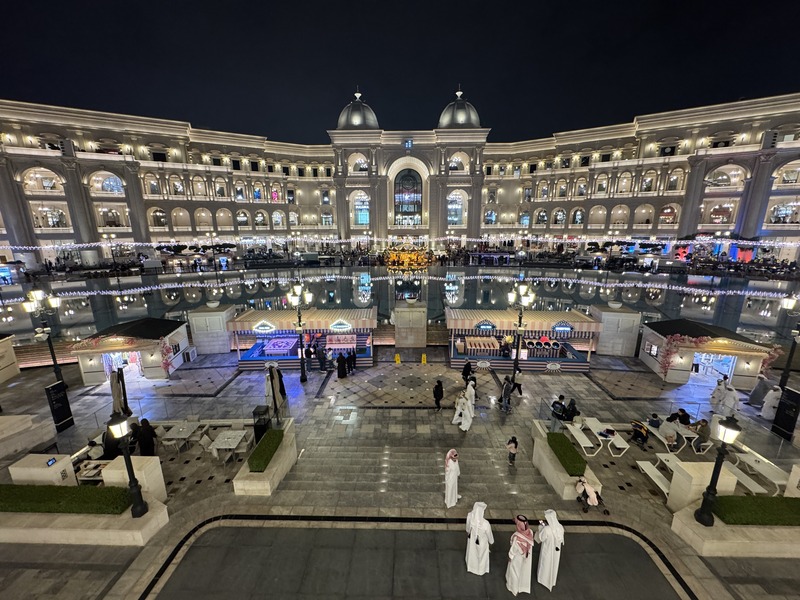
For those seeking a blend of luxury and entertainment, Place Vendôme is an architectural gem inspired by classic French design. This sprawling 1,150,000 square meter mall features four levels filled with 580 high-end and mid-range stores, showcasing global fashion brands.
Visitors can also indulge in a variety of dining options, from casual cafes to gourmet restaurants, all within the mall's elegantly designed spaces.
Location: Place Vendôme is situated in Lusail, just north of Doha.
Activities: Shoppers can explore over 580 stores, ranging from luxury brands to mid-range shops. The mall features a variety of dining options, entertainment areas, and art galleries, making it a great spot for family outings.
Lusail International Circuit

Located approximately 30 kilometers from central Doha, Lusail International Circuit is a premier venue for motorsport enthusiasts. Hosting prestigious events such as Formula 1® and MotoGP races, this state-of-the-art circuit offers thrilling experiences for fans and participants alike.
Its status as one of the largest and best race tracks in the Middle East makes it a must-visit for anyone passionate about racing.
Location: The Lusail International Circuit is located approximately 30 kilometers north of central Doha.
Activities: The circuit hosts thrilling motorsport events, including Formula 1® and MotoGP races. Visitors can also participate in track days, driving experiences, and guided tours of the facility.
Souq Waqif

Steeped in history, Souq Waqif is a vibrant marketplace that evokes a sense of nostalgia with its mud-brick architecture. Occupying the site of Doha’s traditional trading market, this bustling hub offers a lively atmosphere where visitors can engage in the art of negotiation and enjoy local delicacies.
The winding alleys are filled with vendors selling spices, textiles, and handicrafts, providing a glimpse into the region’s rich cultural tapestry.
Location: Souq Waqif is located in the heart of Doha, near the Doha Corniche.
Activities: Visitors can shop for spices, textiles, and handicrafts, enjoy local cuisine in various restaurants, and experience traditional performances. The maze-like alleys provide a lively atmosphere for exploration and socializing.
National Museum of Qatar
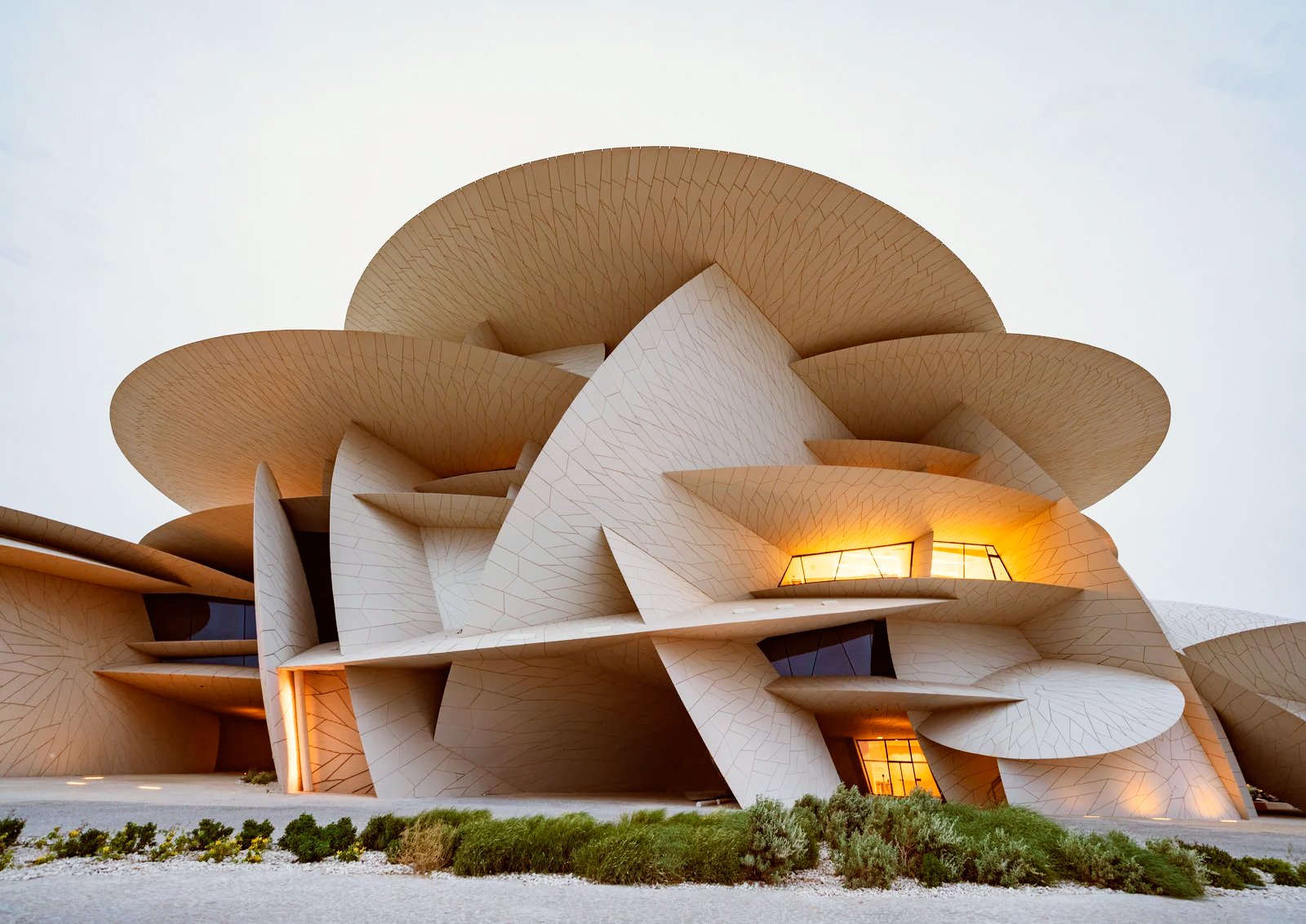
Designed by Pritzker Prize-winning architect Jean Nouvel, the National Museum of Qatar offers a captivating journey through the nation’s history. Inspired by the natural formations of desert roses, the museum features interconnected galleries that narrate the story of Qatar from its prehistoric roots to its modern achievements.
Built around the former palace of Sheikh Abdullah bin Jassim Al-Thani, this expansive 430,500 square foot facility honors Qatar’s heritage while celebrating its bright future.
Location: The National Museum of Qatar is located near the Doha Corniche, adjacent to the old palace of Sheikh Abdullah bin Jassim Al-Thani.
Activities: Visitors can explore interconnected galleries showcasing Qatar’s history, engage in educational programs, and participate in special exhibitions. The museum also hosts cultural events and community outreach programs.
Zulal Wellness Resort
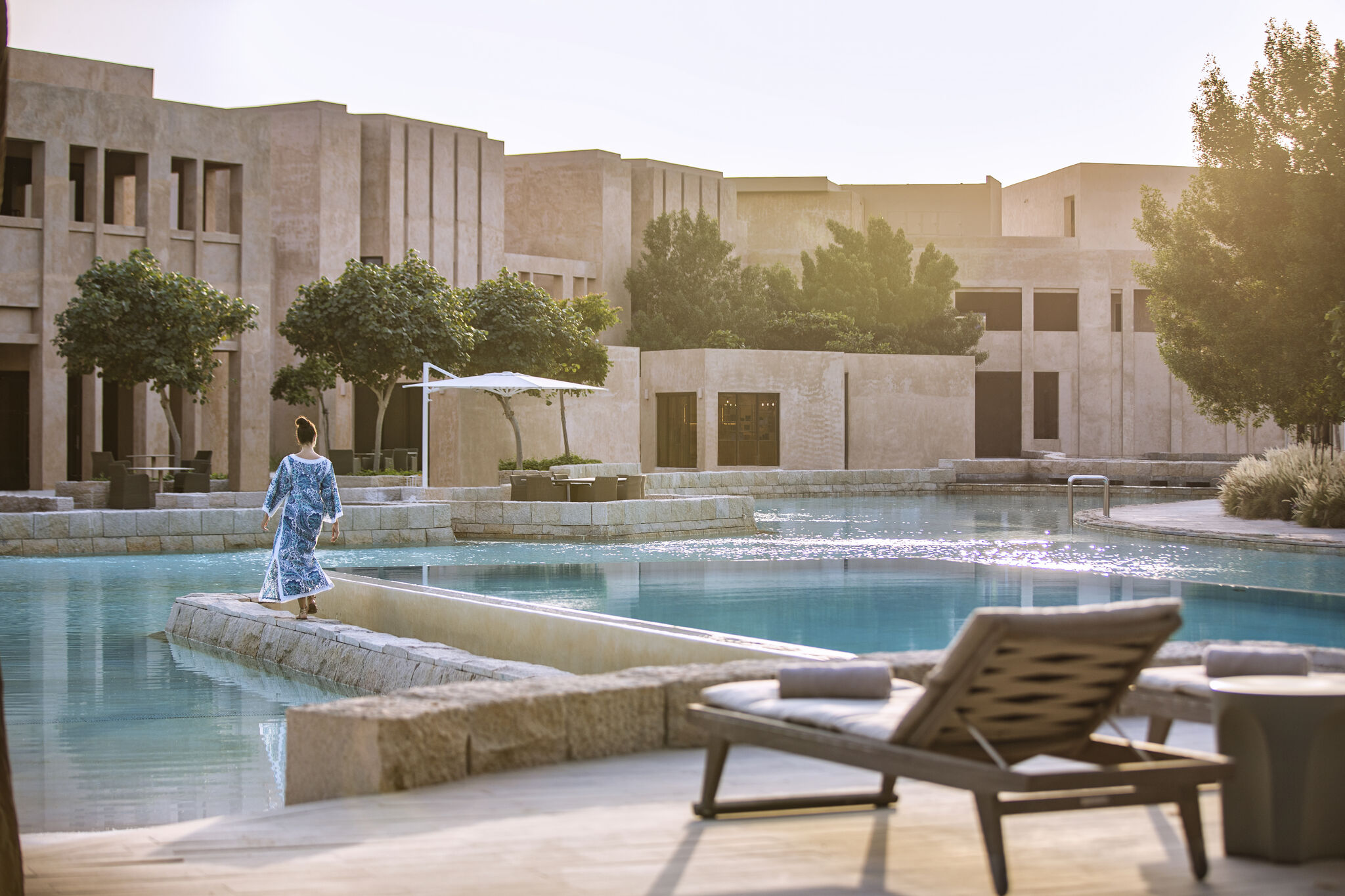
Situated in the far north of Qatar, the Zulal Wellness Resort by Chiva-Som is the largest wellness destination in the Middle East. This luxurious retreat offers two distinct experiences: Zulal Serenity for couples and individuals, featuring 60 serene rooms and suites, and Zulal Discovery for families, with 120 accommodations.
The resort boasts state-of-the-art hydrothermal facilities, a fitness studio, and multiple dining options, making it a perfect escape for relaxation and rejuvenation.
Location: Zulal Wellness Resort is situated in Al Ruwais, in the northern part of Qatar.
Activities: Guests can enjoy wellness treatments, spa services, and fitness classes. The resort features hydrothermal facilities, yoga sessions, and healthy dining options, making it a serene escape for relaxation and rejuvenation.
B Lounge Doha
In the glamorous Lusail enclave, the B-Lounge by Buddha Bar stands out as one of Doha's premier dining and nightlife venues. Located within the Ritz-Carlton, this stylish lounge offers a fusion of Asian cuisine and expertly crafted cocktails, all set against the backdrop of stunning views of the Lusail waterfront and the Arabian Sea.
The vibrant atmosphere and bohemian beats make it a favorite destination for both locals and visitors seeking a memorable night out.
Location: B Lounge is located in the Ritz-Carlton Hotel in Lusail.
Activities: Visitors can savor exquisite Asian cuisine, enjoy expertly crafted cocktails, and experience live music and DJ performances. The lounge's stunning views make it a perfect spot for special occasions and nightlife.
In conclusion, Qatar's iconic destinations are a testament to its rich cultural heritage and modern ambitions, ensuring that every traveler finds something to cherish.











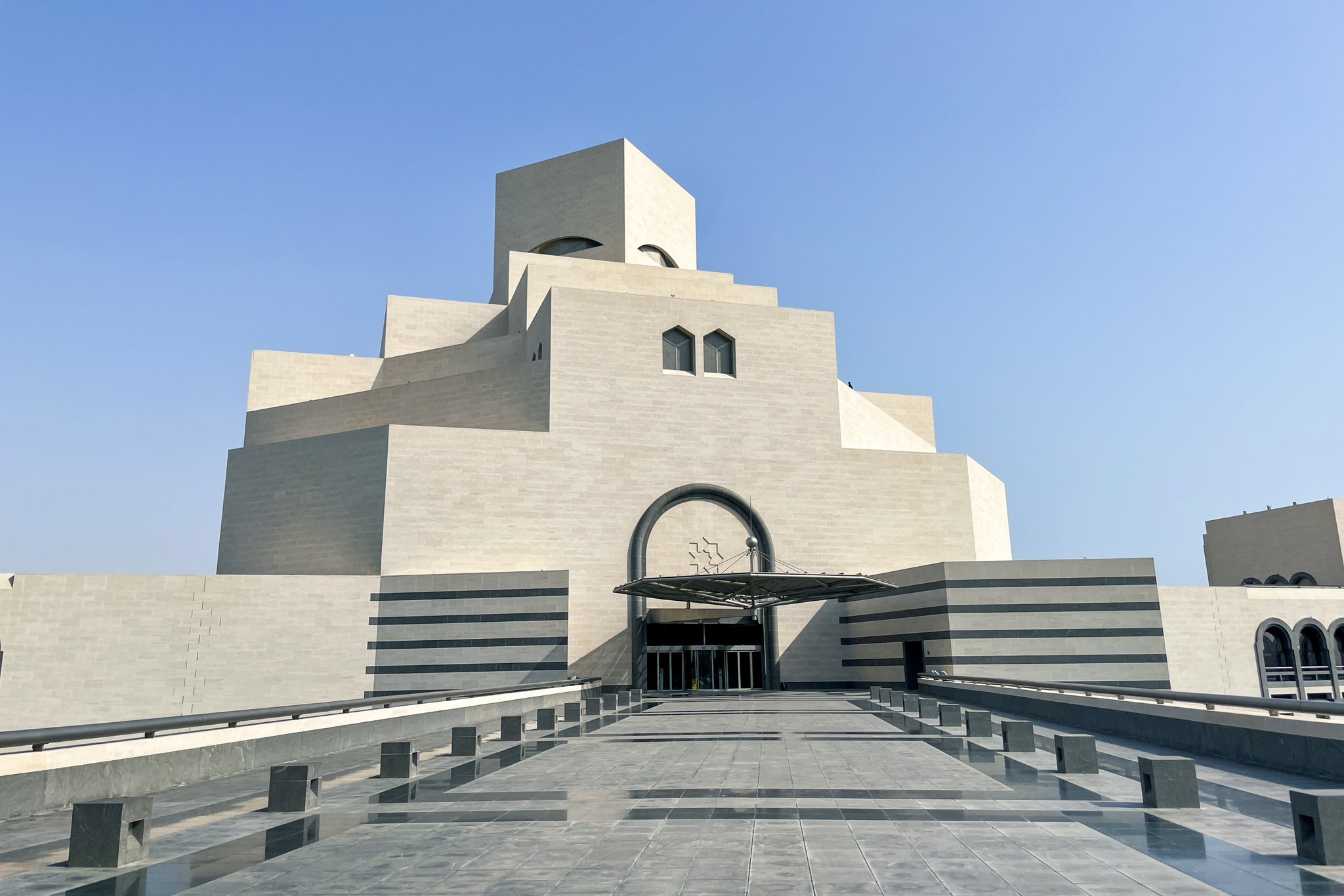
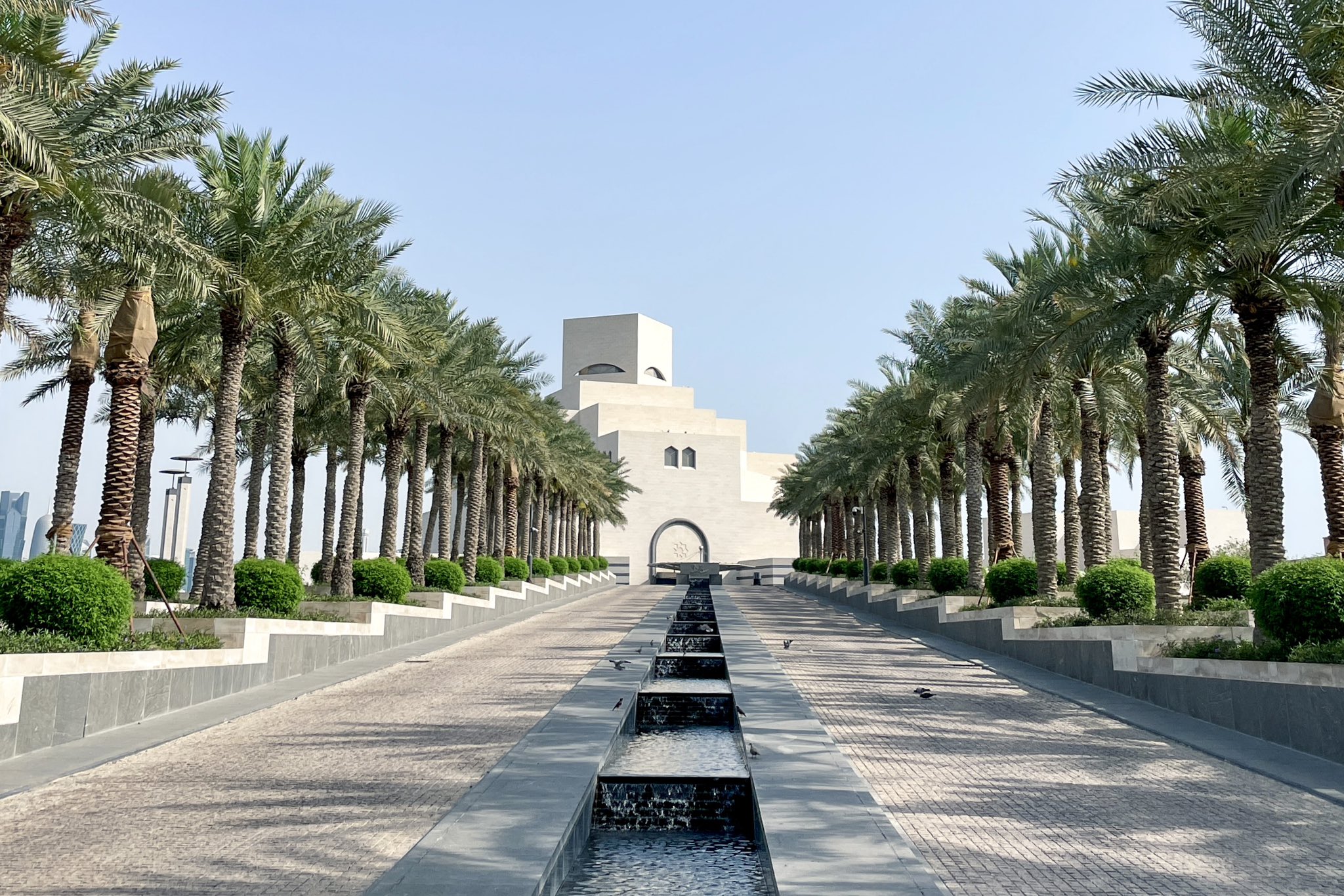


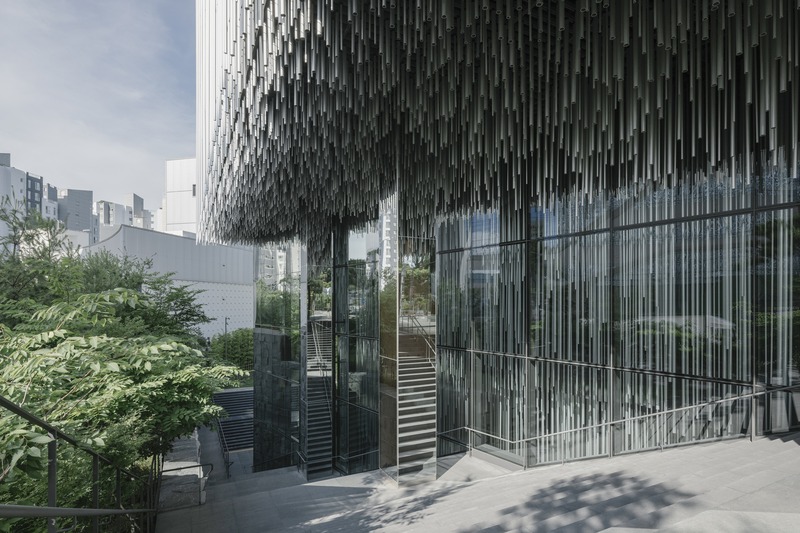


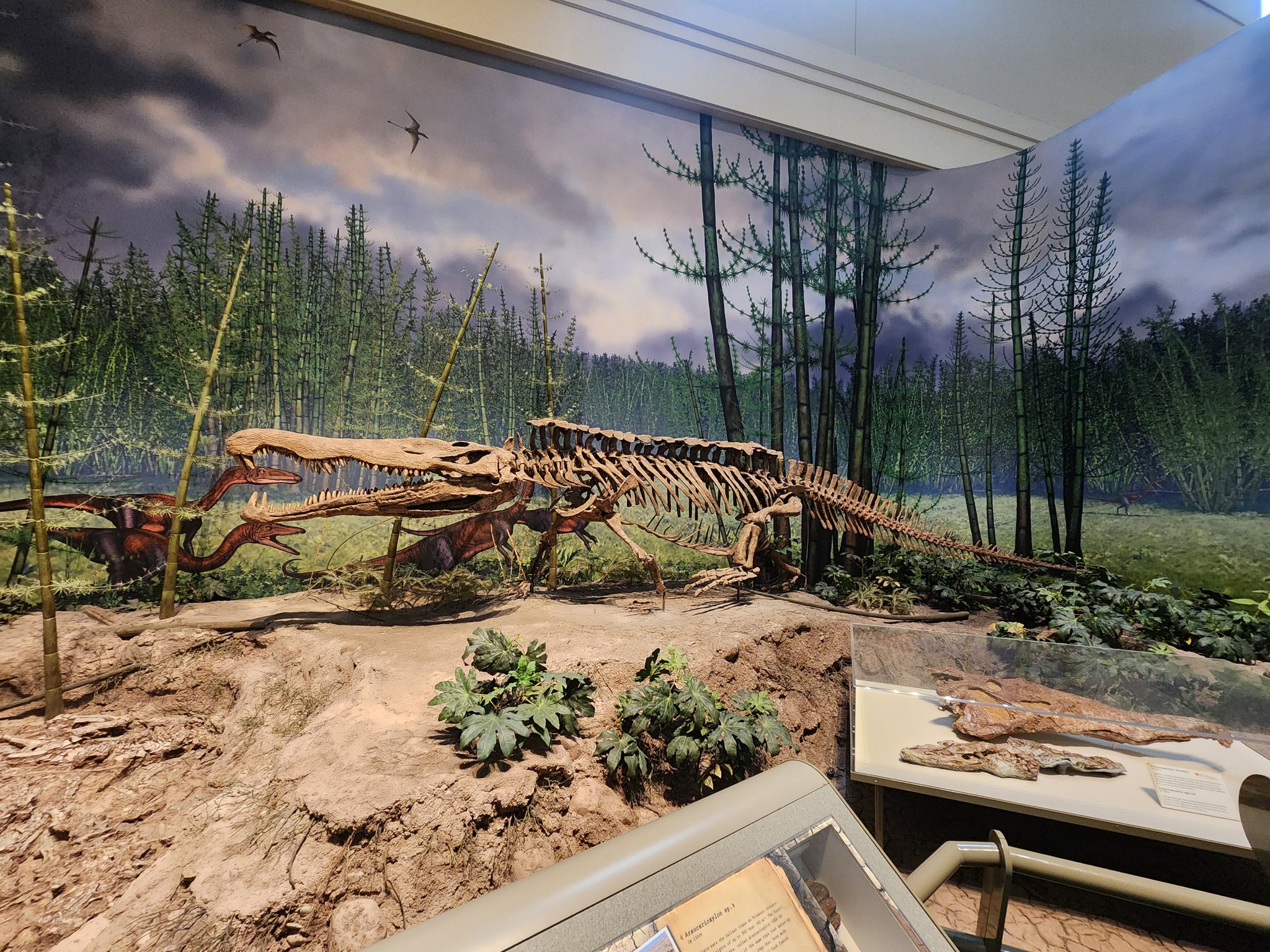
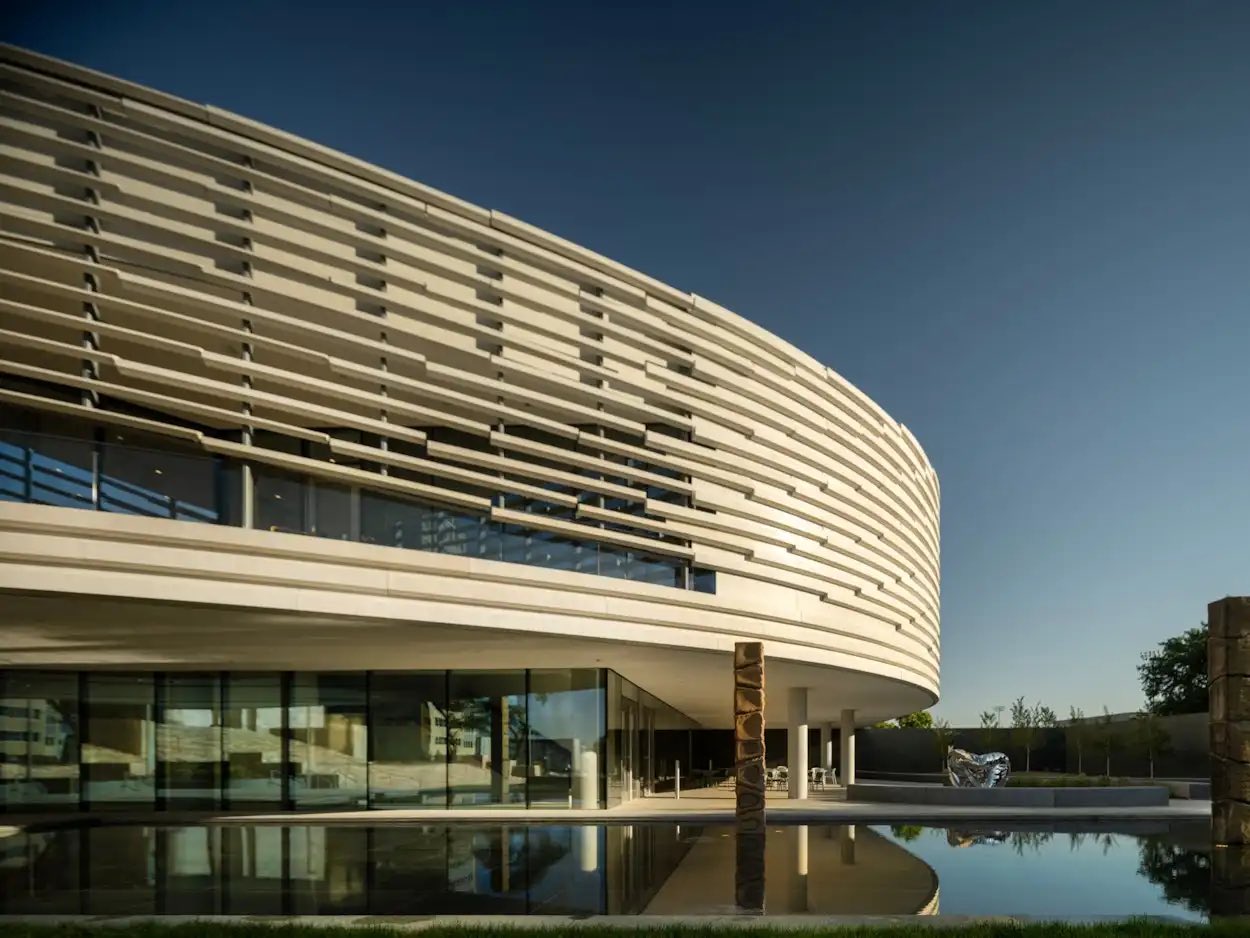
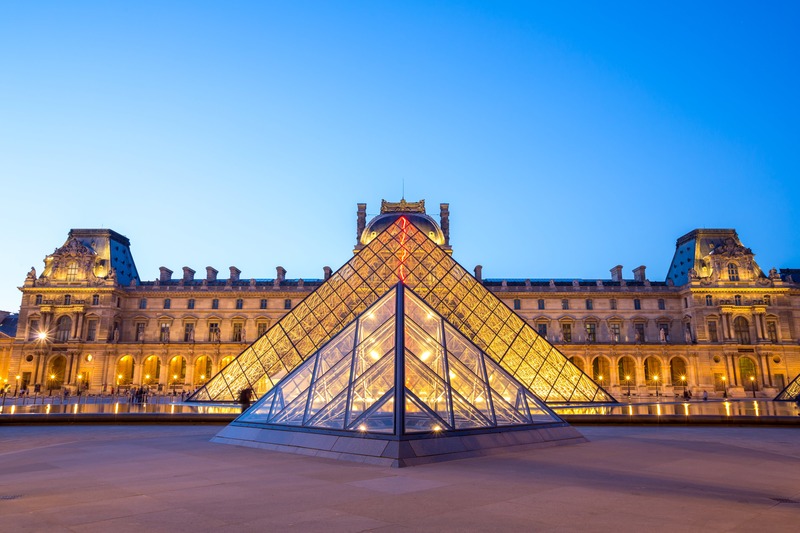
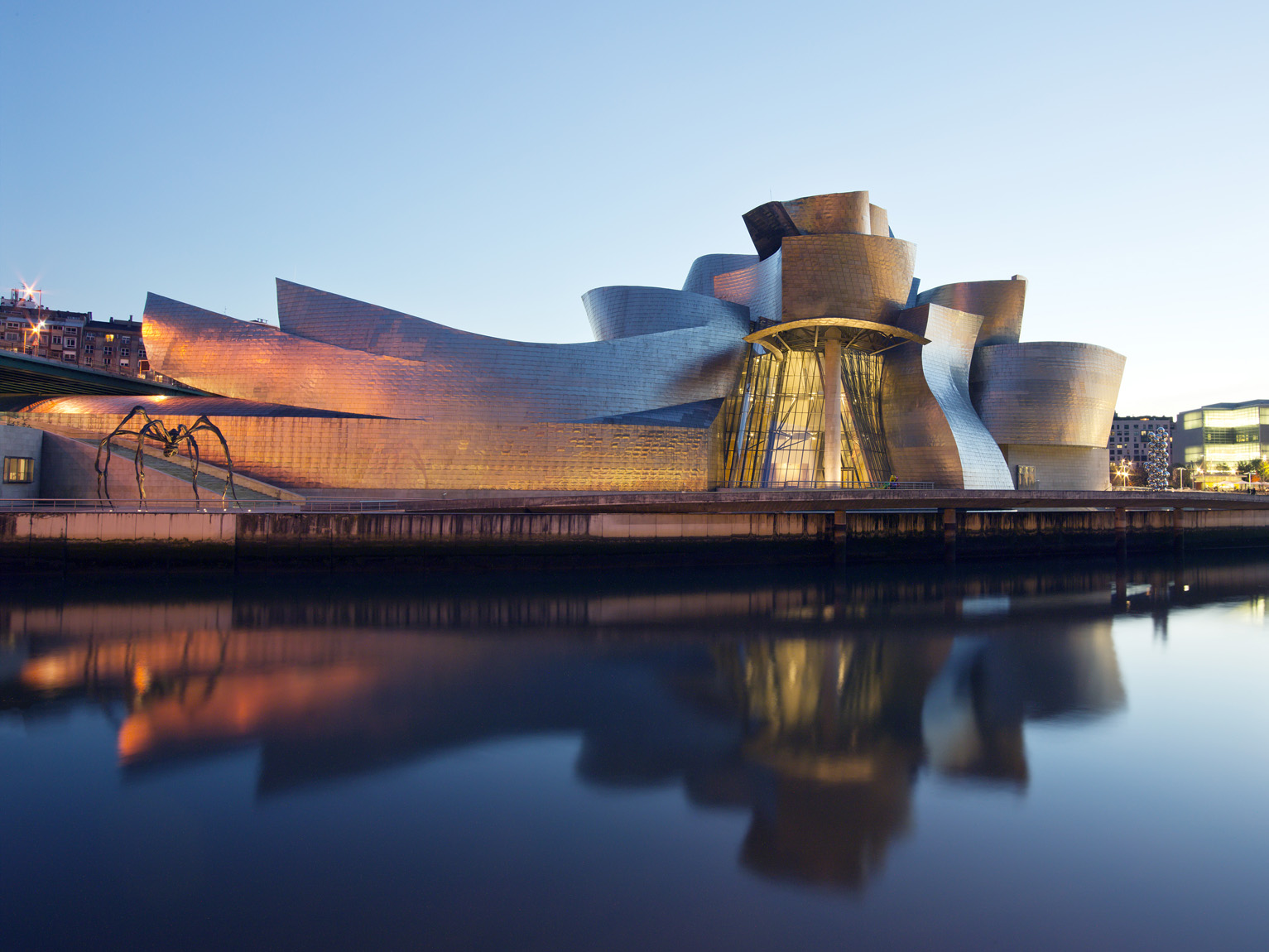
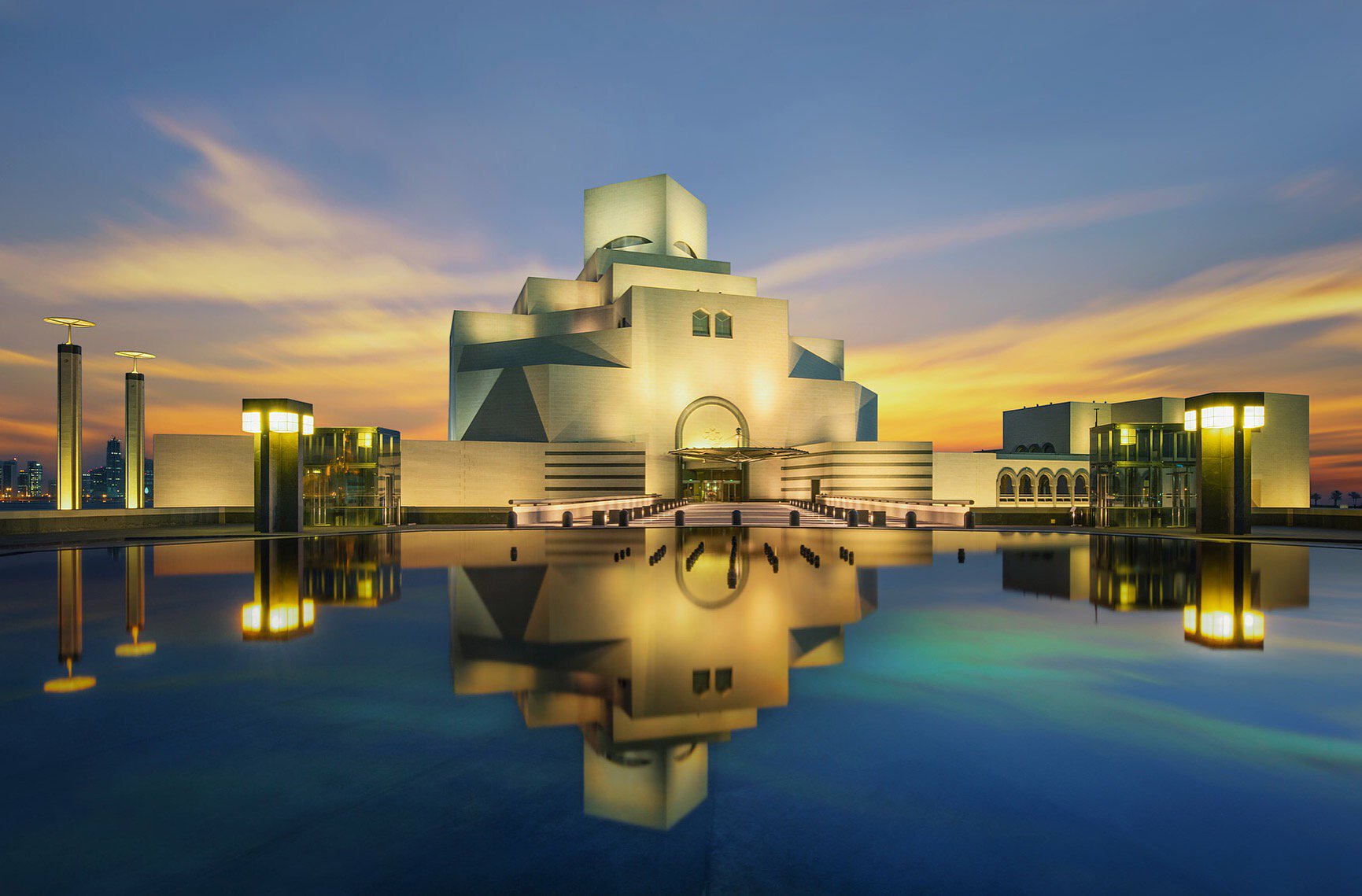










.jpg)









.jpg)








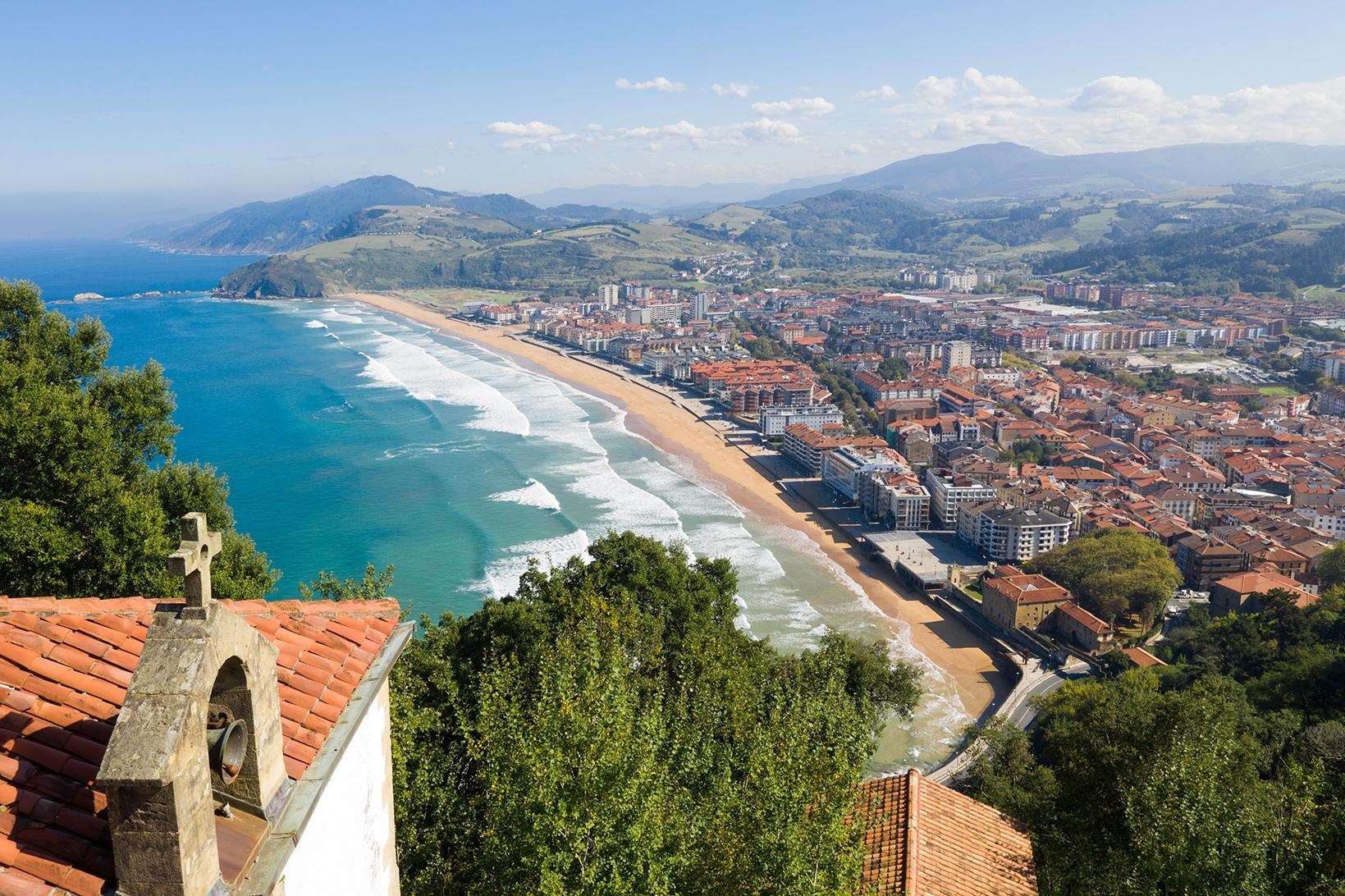
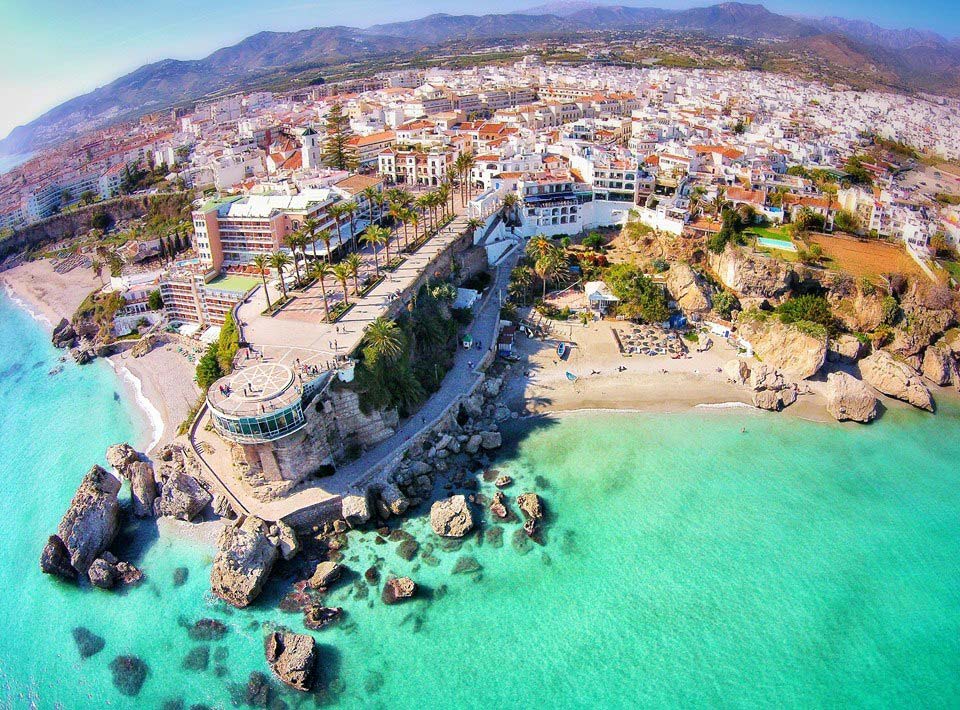







.jpg)


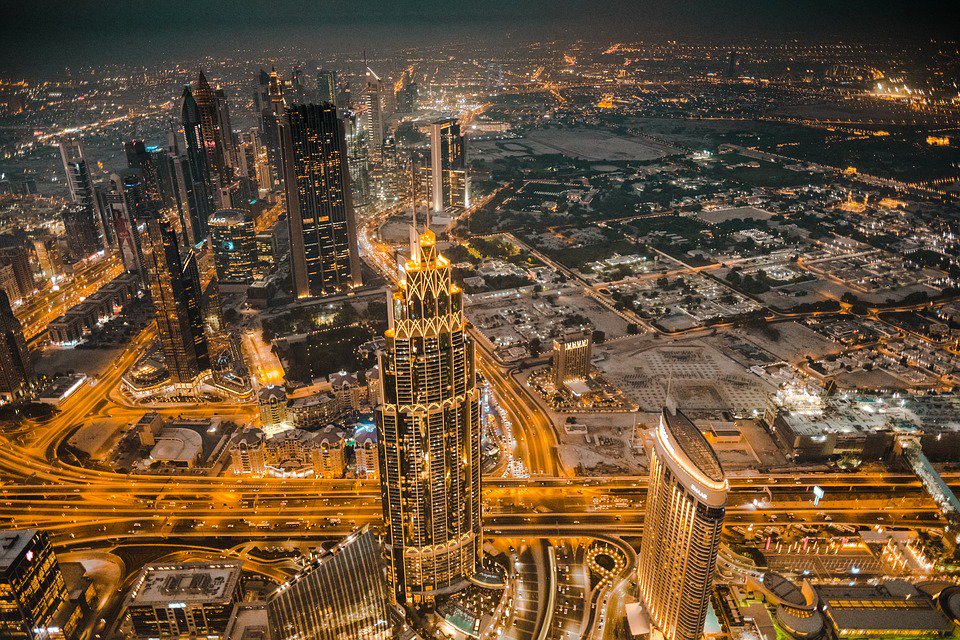
.jpg)
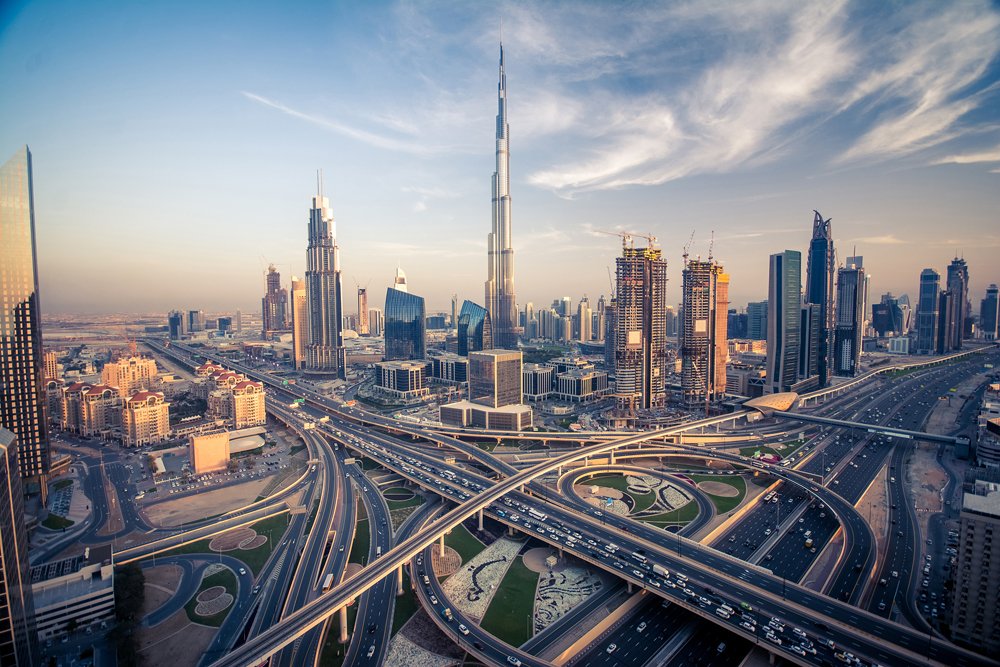

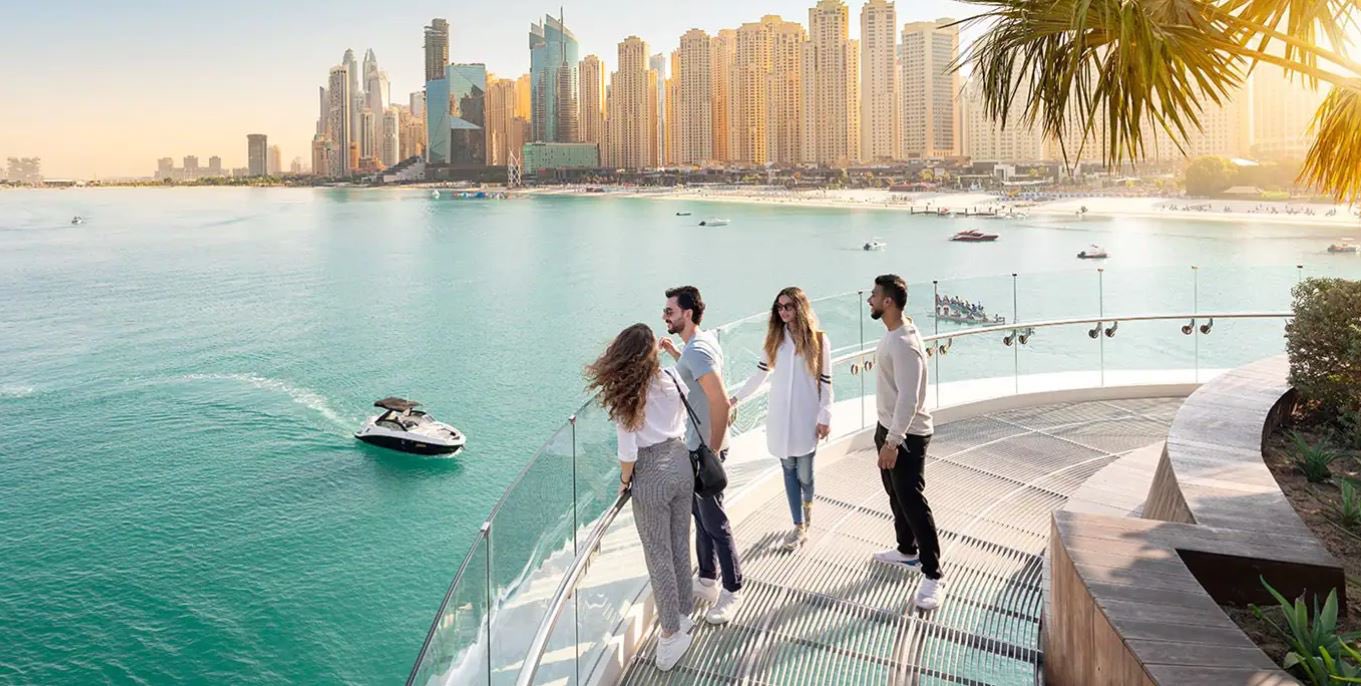




.jpg)

.jpg)
